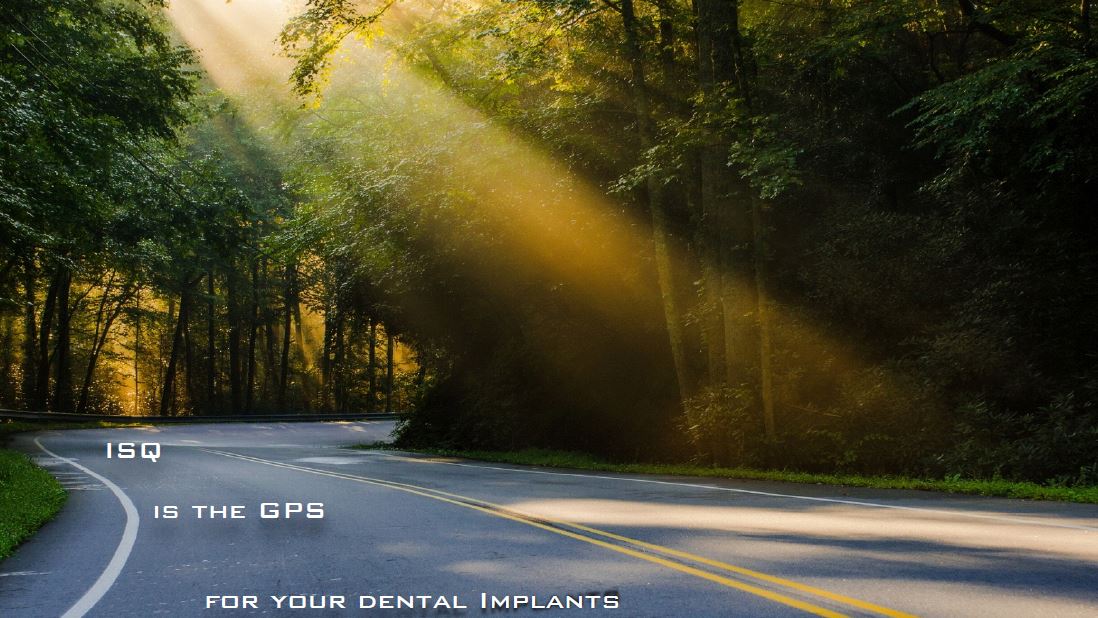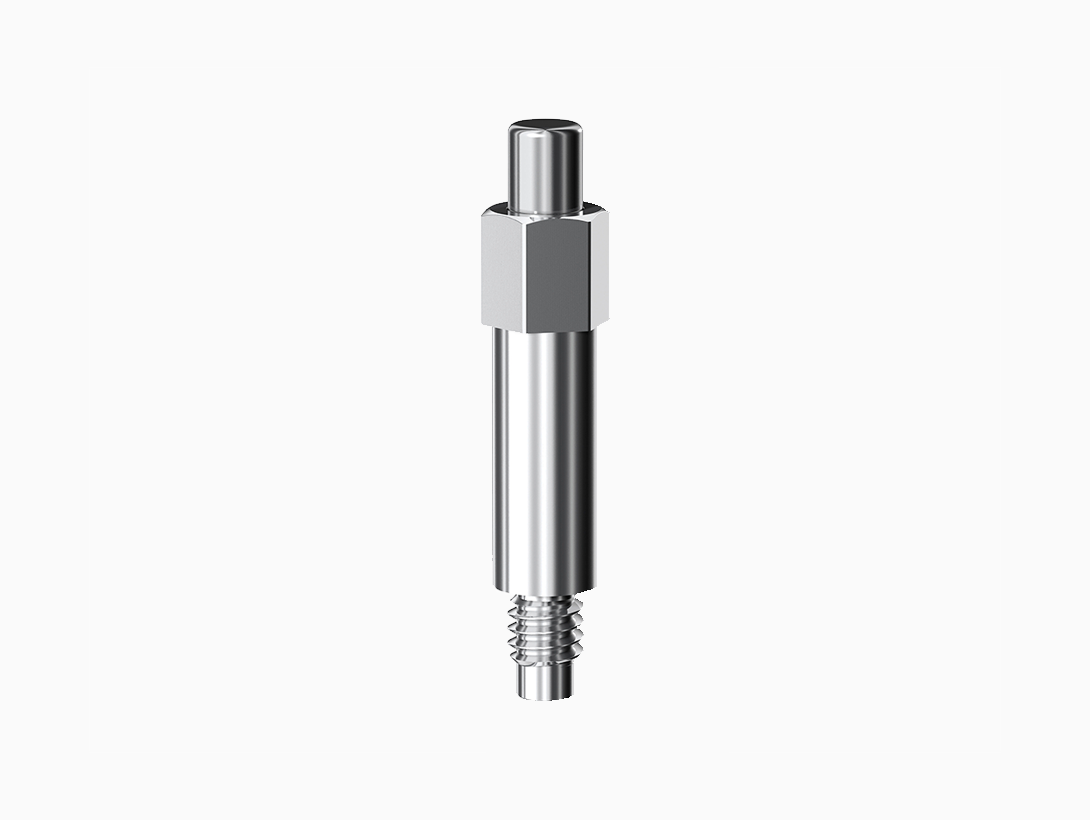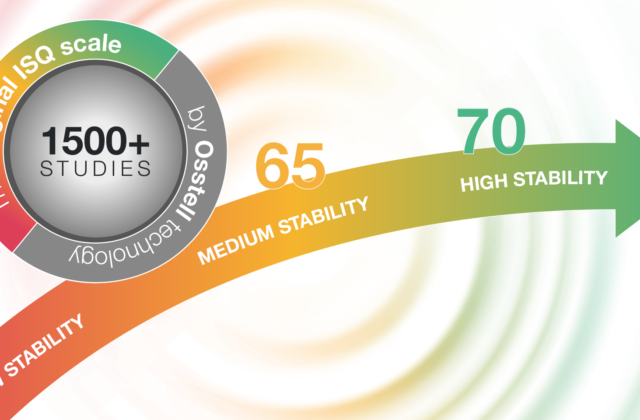
Dental Community Celebrates 25 years of Assessing Osseointegration Through ISQ Diagnostics
Sep 15, 2015
Gothenburg, Sweden: At the 2015 EAO congress, the European Association for Osseointegration’s annual meeting in Stockholm, Osstell and leading clinicians from around the world will be gathering to discuss the latest findings and developments in osseointegration, including the 25-year anniversary of assessing osseointegration through Osstell ISQ (implant stability quotient) diagnostic technology. The method, which uses resonance frequency analysis, is an objective and non-invasive way to measure implant stability.
Global Standard
There is an increasing trend in implant treatment to improve patient comfort and treatment safety, as well as reduce treatment times. Until the early 1990s, however, the methods available to determine implant stability, which included torque tests, percussion tests and tactile feeling, were subjective, invasive and difficult to communicate. In addition, reverse torque tests have been criticised, since they can jeopardise the ongoing osseointegration process. A breakthrough came with an invention using resonance frequency analysis to determine the clinical status of a dental implant by Profs. Neil Meredith and Peter Cawley, and the Osstell team.
ISQ analysis is the measurement of the stability of an implant. By measuring at placement and before restoration, the stability development of a dental implant and the degree of osseointegration can be determined in a fully non-invasive and objective way. The result is presented as an ISQ value of between 1 and 100. The higher the ISQ, the more stable the implant.
Backed by more than 700 studies and publications, the proprietary ISQ diagnostic method and the corresponding ISQ scale are now a global standard.
Scientific symposium at EAO congress
In celebration of the 25th anniversary, Osstell has brought together Prof. Daniel Buser (Switzerland), Prof. Peter Moy (US) and Dr Marcus Dagnelid (Sweden),
three distinguished clinicians in the field, to discuss ISQ diagnostics in a clinical context and the advantages of using ISQ measurements to enhance long-term clinical outcomes. The lecture will also consider how to reduce treatment time and manage patients with risk factors, while reducing the possibility of unnecessary costs related to premature loading.
Prof. Daniel Buser who is one of the speakers at the Symposium states: “In daily practice, we never measure the insertion torque since we use Osstell instead to monitor implant stability. For nonsplinted implants, we want the second ISQ value to be ≥70 to initiate the prosthetic rehabilitation with functional loading. In most implant patients, this is either at 4 or 8 weeks of healing allowing an early loading protocol.”
Dr. Marcus Dagnelid who also will be talking about the method at the Symposium, states: “There is no treatment that can be compared with Osstell’s method as traditional methods are highly subjective. Osstell’s ISQ diagnostic makes it possible to discern when osseointegration is sufficient to proceed with restoration. I use Osstell in every implant treatment since it reduces the treatment time of the patient, increases the safety and prognosis of treatments and is based on clinical evidence. The communication with the patient is also easier with the ISQ scale as they can see by numbers when it is the right time to load the implant.”
The Osstell Scientific Symposium will take place on 24 September from 9.45 a.m. to 12 p.m. in Hall A2. To learn more and to register for the event, please visit osstell.com/eao.


